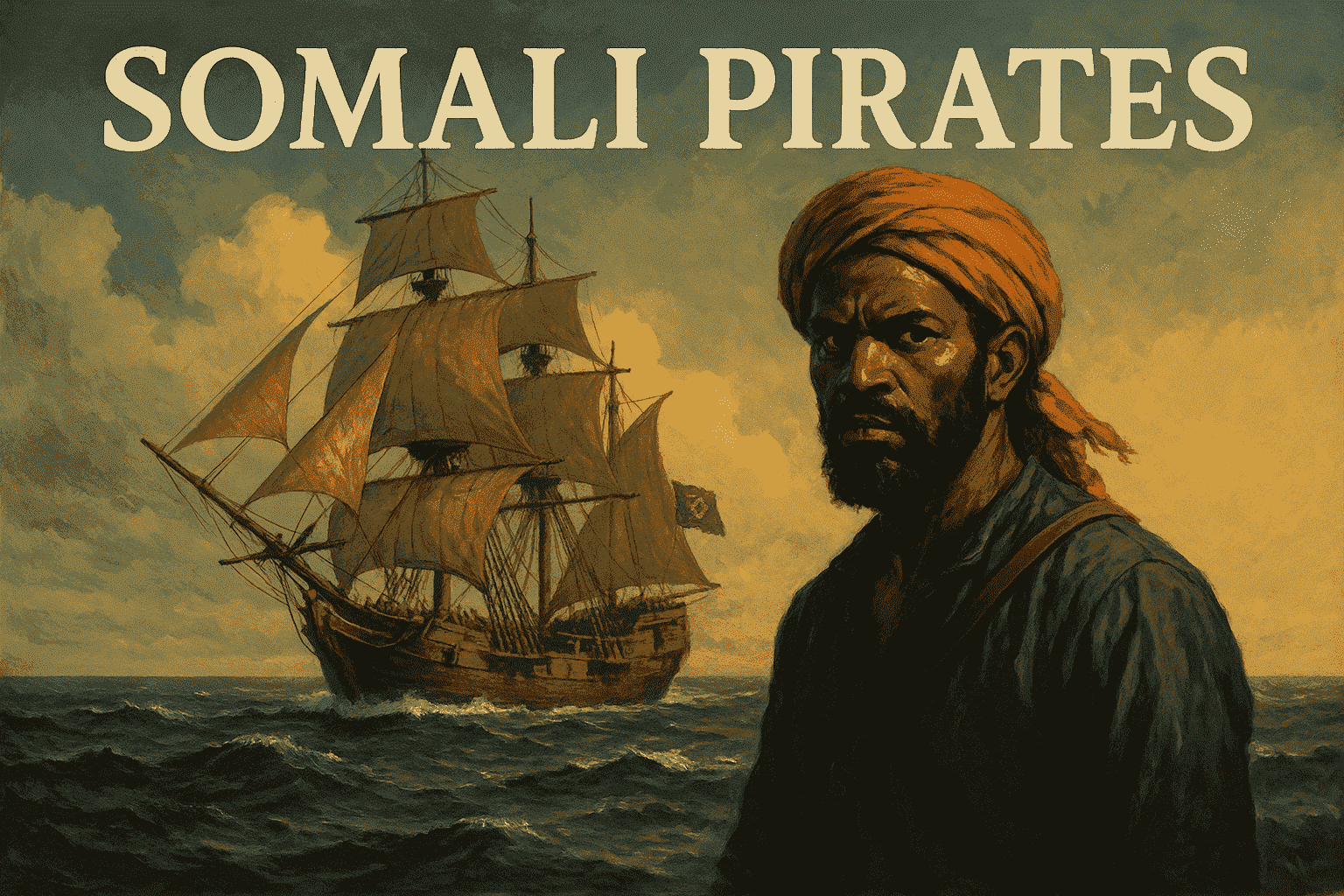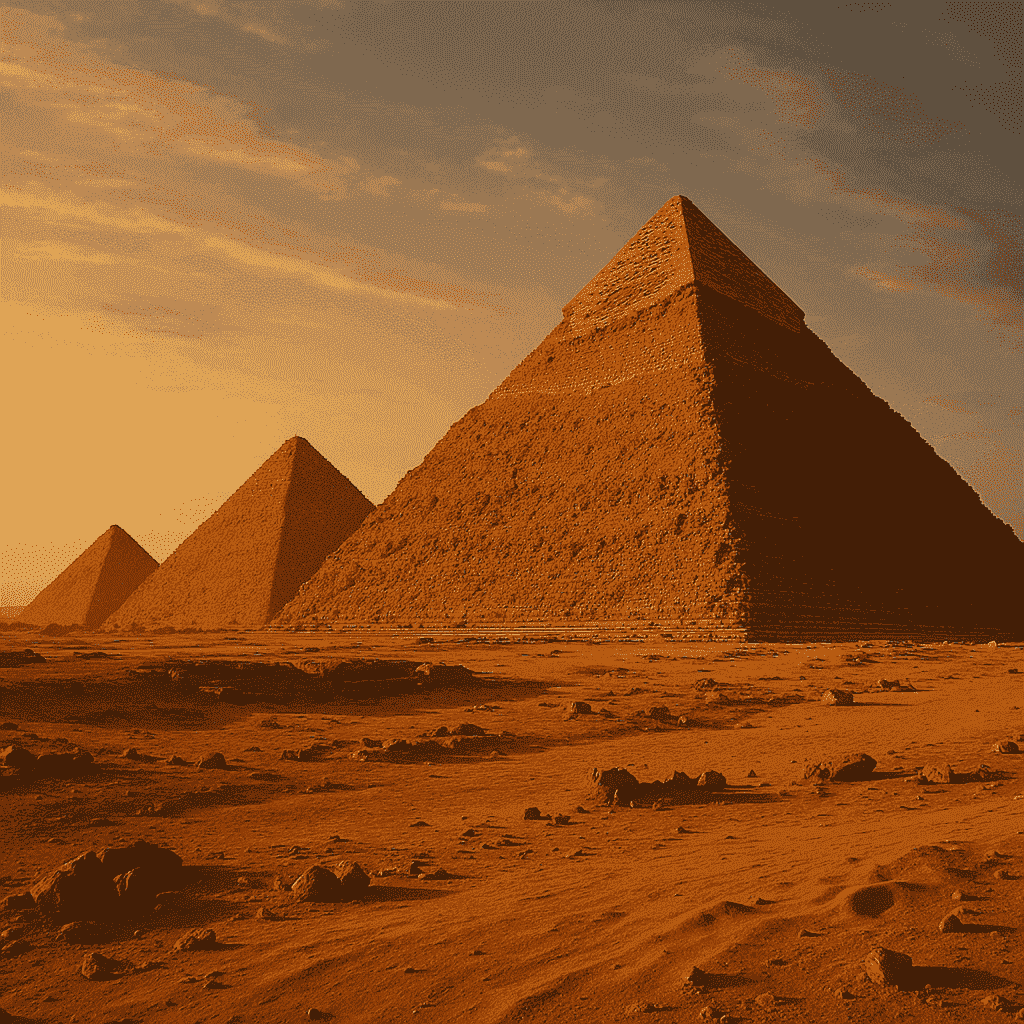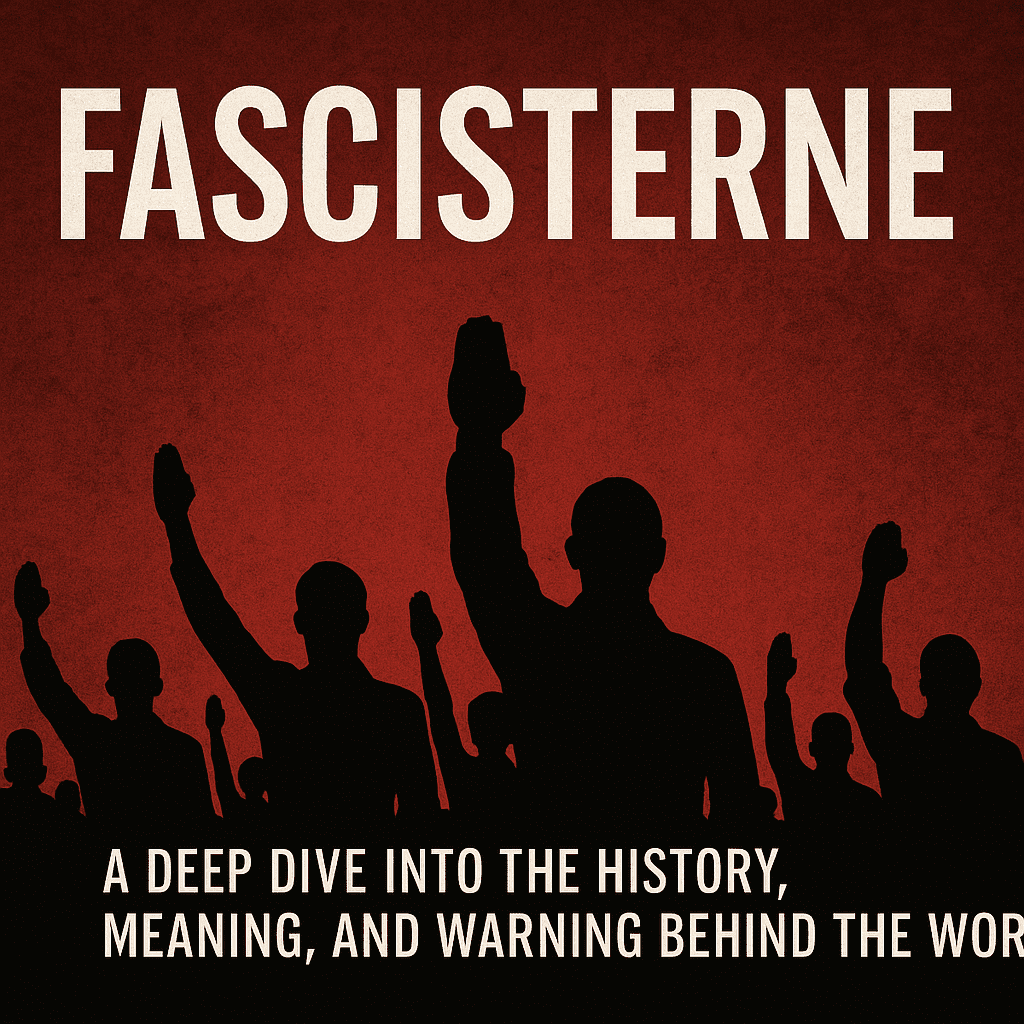It’s not every day you hear about pirates anymore — but off the coast of Somalia, real-life piracy was making global headlines just a decade ago.
We’re not talking about Jack Sparrow here. These were well-armed gangs, hijacking ships, taking hostages, and demanding millions in ransom. Wild, right?
But what drove fishermen to pick up guns and become pirates? And where does the story stand today in 2025?
Let’s break it down in plain English.
🌍 How It All Started
When Somalia’s government fell apart in the early 90s, the country slipped into chaos.
With no coast guard, no navy, and no real law enforcement, the sea became a free-for-all.
Foreign ships started illegally fishing and dumping waste in Somali waters. The locals — mostly fishermen — watched their livelihood vanish.
At first, they tried protecting their waters. But slowly, those efforts turned into something more dangerous: piracy.
💣 The Rise of Somali Piracy
Between 2005 and 2012, Somali pirates became a global nightmare. Cargo ships, oil tankers, even luxury yachts — no one was safe.
Here’s how it usually went down:
-
Pirates would head out in small boats, often launched from bigger “mother ships.”
-
Armed with AK-47s and RPGs, they’d chase and board large commercial vessels.
-
Once they had control, they’d take the crew hostage and demand millions of dollars in ransom.
Some attacks lasted weeks. Others dragged on for months.
🧨 Big Pirate Moments That Shocked the World
You might remember a few of these:
🔹 Maersk Alabama (2009)
Yup — this is the one from Captain Phillips the movie.
Four Somali pirates hijacked a U.S. cargo ship. The crew fought back.
Eventually, U.S. Navy SEALs swooped in and saved the captain.
🔹 Sirius Star (2008)
A Saudi oil tanker carrying $100 million worth of crude was hijacked.
It was one of the biggest ships ever taken by pirates.
🔹 Le Ponant (2008)
A fancy French yacht was captured. The crew got rescued, but not before a tense standoff.
💰 Why It Became a Lucrative Business
Piracy turned into a full-on industry.
We’re talking millions flowing in through ransoms. Some pirates even had “investors” who funded missions and took a cut of the money.
The average ransom in 2011? Around $4.5 million.
And some of these pirates used the money to buy homes, cars — even build status in their communities.
🚢 What This Meant for Global Trade
The world’s busiest shipping lanes run right past Somalia. When pirates started hitting those routes, things got serious.
-
Shipping costs skyrocketed
-
Some companies had to reroute ships around the Cape of Good Hope (a much longer journey)
-
Insurance premiums went through the roof
-
Global oil and product delivery slowed down
To fight back, countries like the US, UK, France, China, and India sent warships to patrol the waters.
🛑 The Takedown: How Piracy Was Crushed
By around 2015, things began to change.
Thanks to international naval patrols, better ship security, and local crackdowns, pirate attacks dropped sharply.
Big shipping companies also got smarter:
-
Crews trained for pirate defense
-
Ships added razor wire and water cannons
-
Some even carried armed guards
Within a few years, Somali piracy was almost wiped out.
⚠️ But Wait — Are Somali Pirates Still a Thing in 2025?
Short answer? Not really.
Long answer? It’s complicated.
While full-scale hijackings are rare now, the root problems — poverty, lawlessness, and illegal fishing — are still there. If things get worse again, piracy could make a comeback.
For now, the oceans are safer, but the threat isn’t totally gone.
🧠 What We Learned from This Whole Saga
The Somali piracy era taught the world a few important things:
-
You can’t ignore broken coastal countries — their problems become global
-
International cooperation actually works when done right
-
People don’t become pirates for fun — it usually comes down to desperation and survival
🛡️ Final Thoughts
The story of Somali pirates isn’t just about guns and ships. It’s about people caught in a system that failed them.
Yes, they committed crimes. But behind every pirate was a much larger crisis — one the world can’t afford to ignore.
As of 2025, we’re safe. But if we stop paying attention, the waves off Somalia might stir again.
🔗 Read More:
📌 Disclaimer:
This blog post is written for educational and informational purposes. It does not support piracy or any illegal activity. All events and facts are based on publicly available information.









Leave a Reply